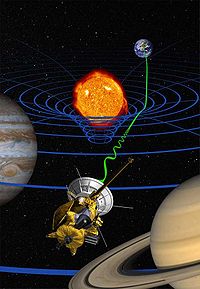
Photo from wikipedia
A central question in invasion biology is whether adaptive trait evolution following species introduction promotes invasiveness. A growing number of common-garden experiments document phenotypic differences between native- and introduced-range plants,… Click to show full abstract
A central question in invasion biology is whether adaptive trait evolution following species introduction promotes invasiveness. A growing number of common-garden experiments document phenotypic differences between native- and introduced-range plants, suggesting that adaptive evolution in the new range may indeed contribute to the success of invasive plants. Yet these studies are often subject to methodological pitfalls, resulting in weak evidence for post-introduction adaptive trait evolution and leaving uncertain its role in the invasion process. In a common-garden glasshouse study, we compared the growth, life-history, and reproductive traits of 35 native- and introduced-range Polygonum cespitosum populations. We used complementary approaches including climate-matching, standardizing parental conditions, selection analysis, and testing for trait-environment relationships to determine whether traits that increase invasiveness adaptively evolved in the species' new range. We found that the majority of introduced-range populations exhibited a novel trait syndrome consisting of a fast-paced life history and concomitant sparse, reduced growth form. Selection analysis confirmed that this trait syndrome led to markedly higher fitness (propagule production) over a limited growing season characteristic of regions within the introduced range. Additionally, several growth and reproductive traits showed temperature-based clines consistent with adaptive evolution in the new range. Combined, these results indicate that, subsequent to its introduction to North America over 100 generations ago, P. cespitosum has evolved key traits that maximize propagule production. These changes may in part explain the species' recent transition to invasiveness, illustrating how post-introduction evolution may contribute to the invasion process.
Journal Title: Ecology
Year Published: 2022
Link to full text (if available)
Share on Social Media: Sign Up to like & get
recommendations!